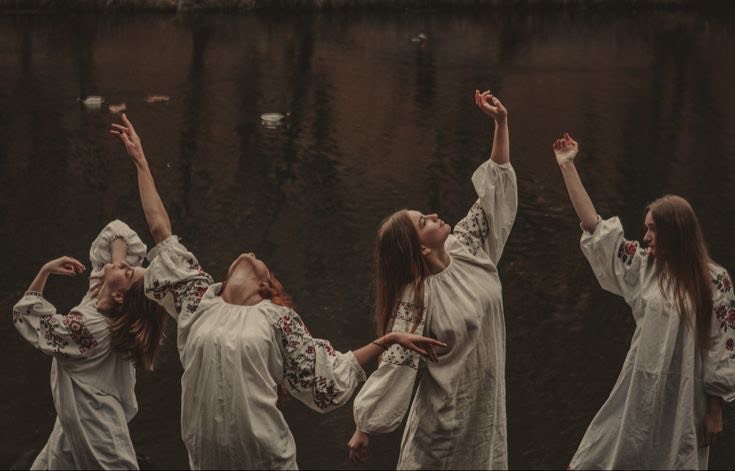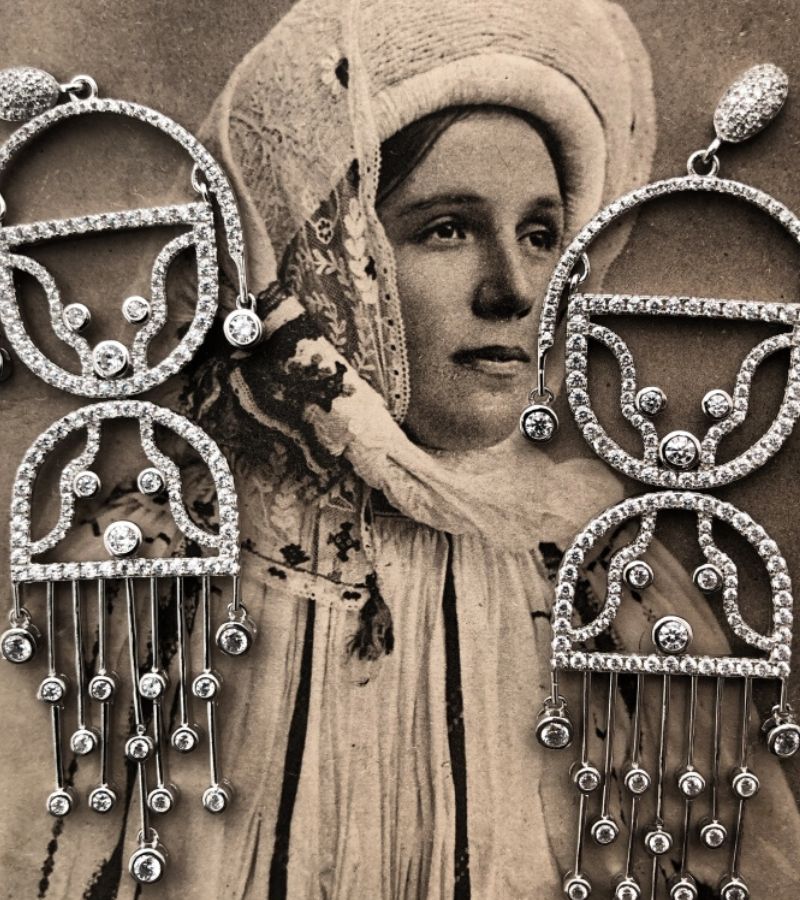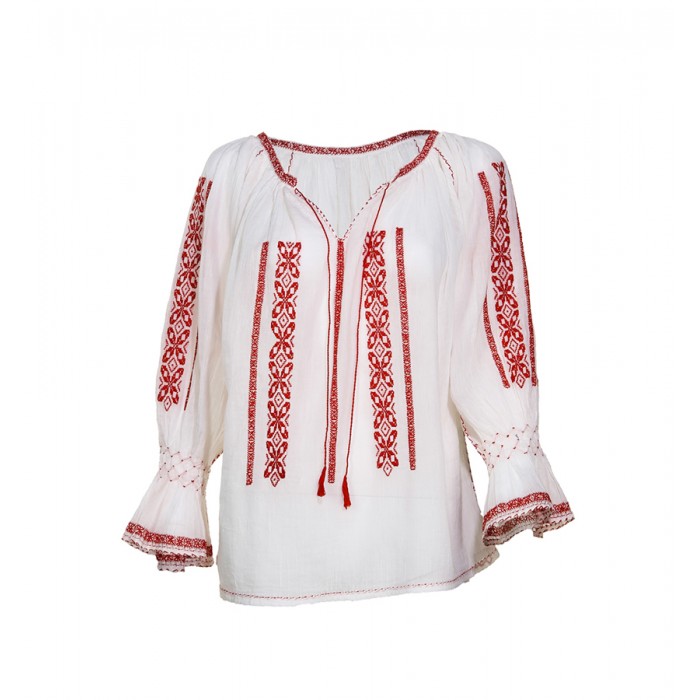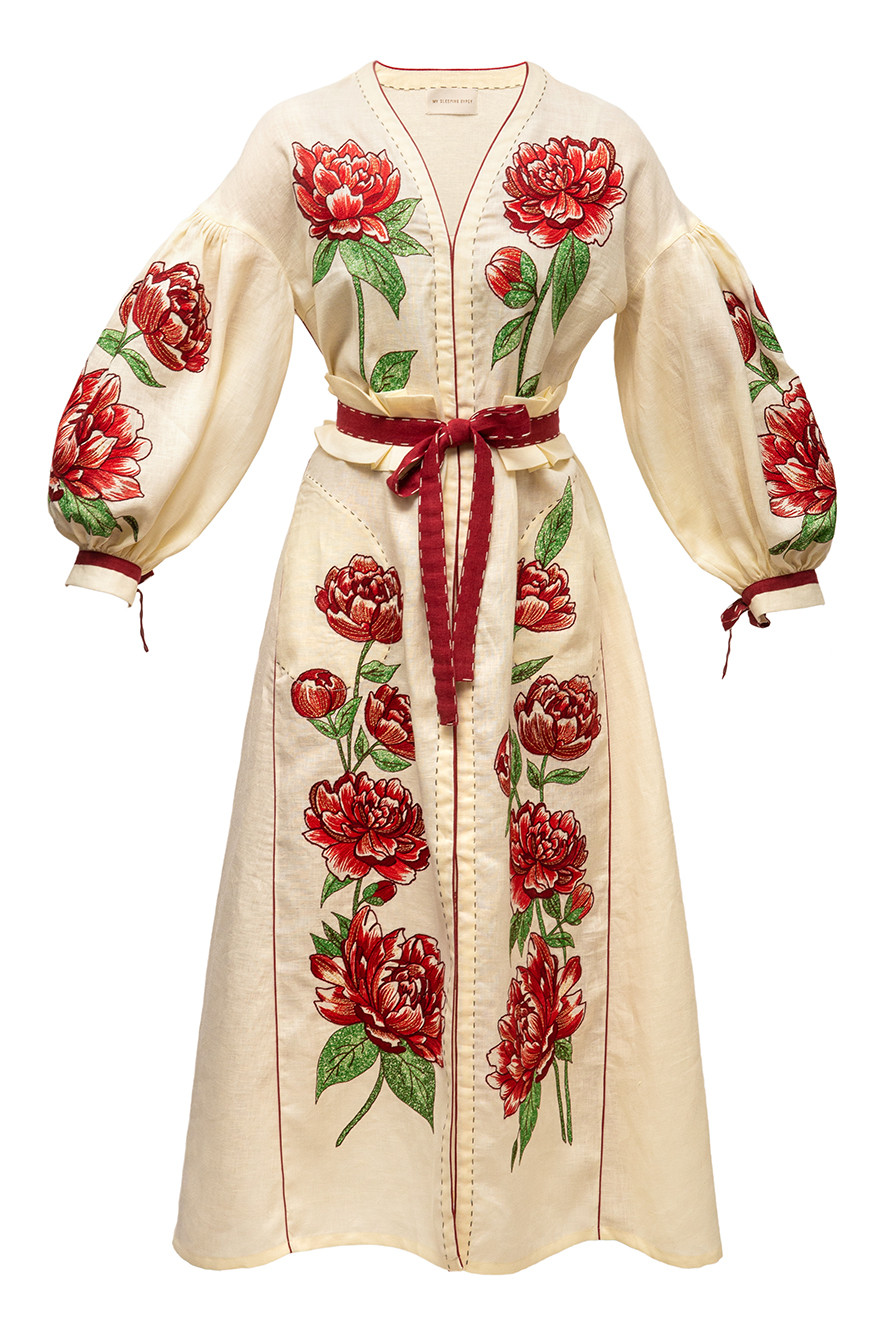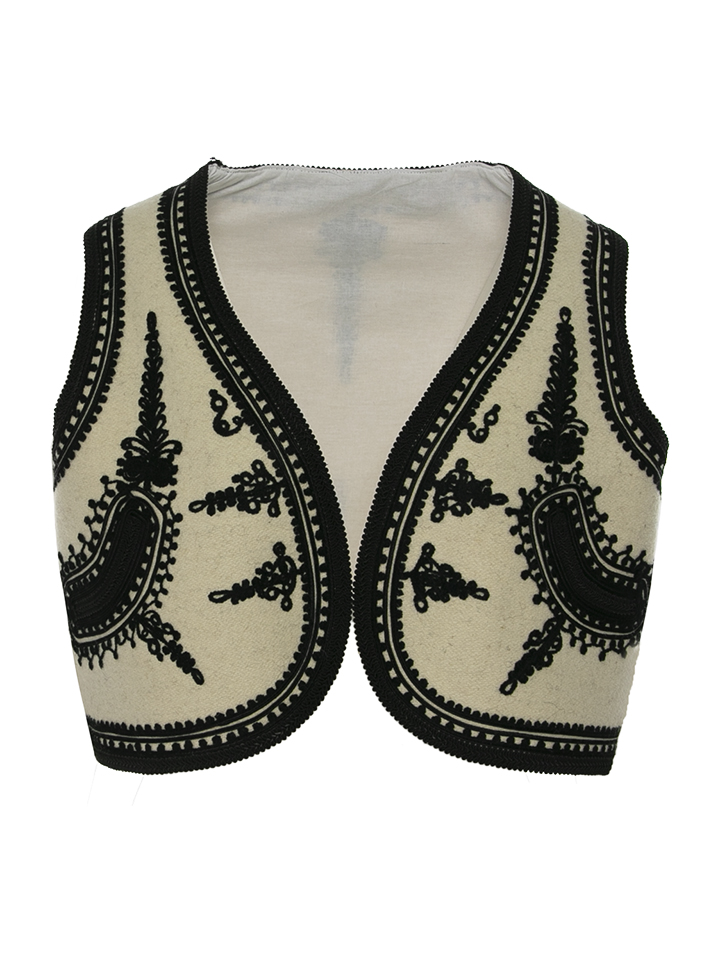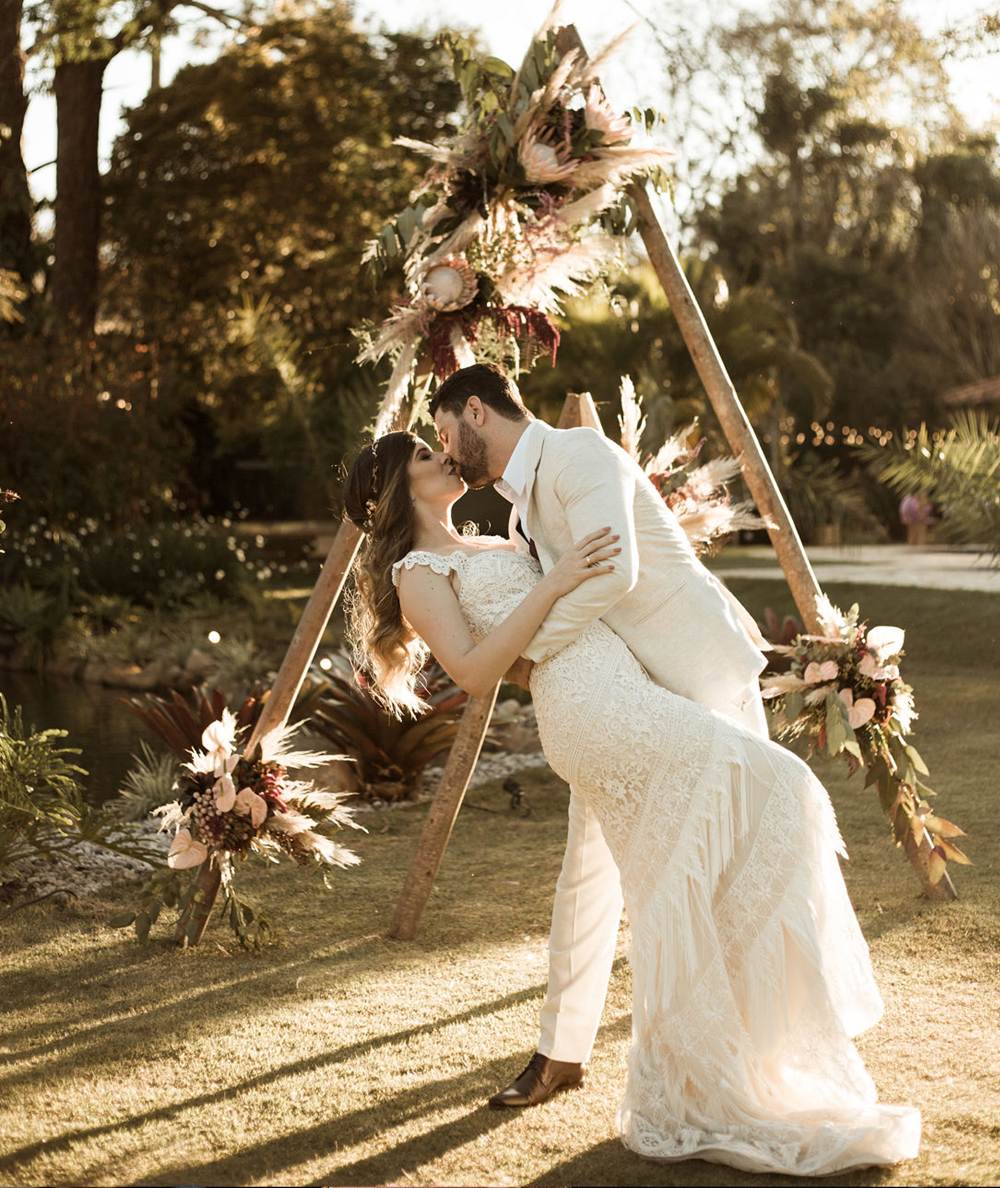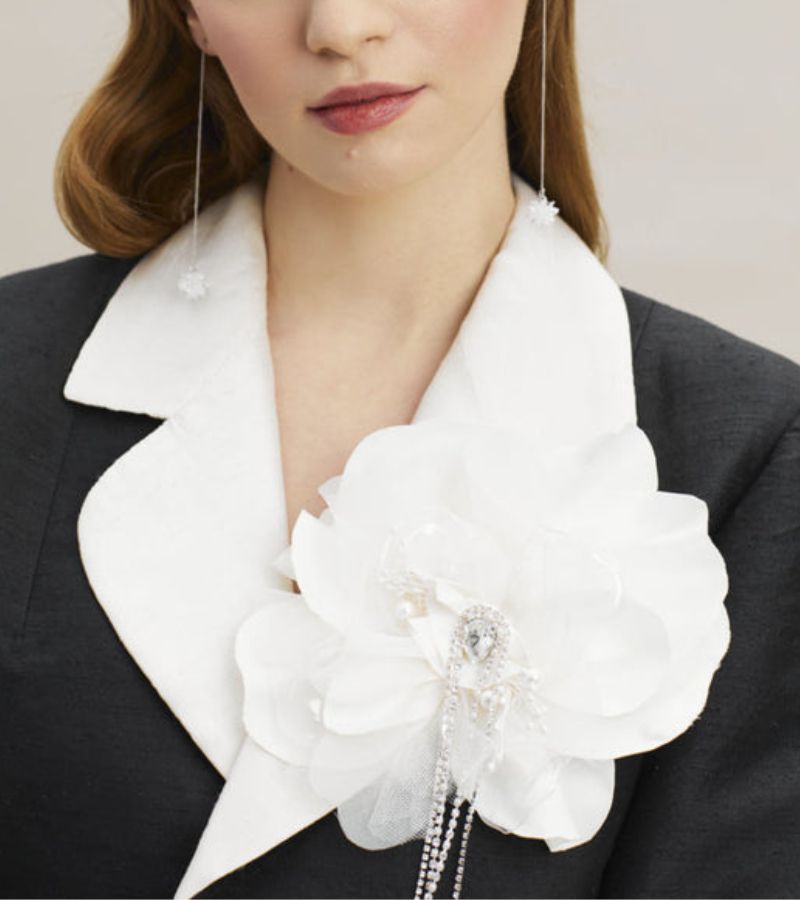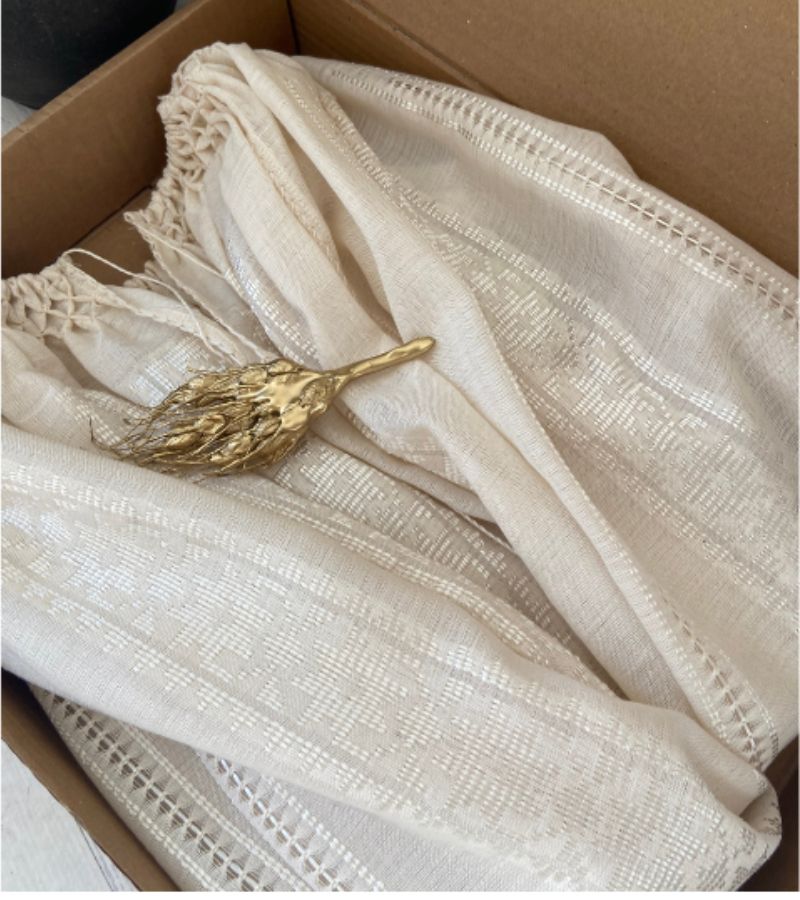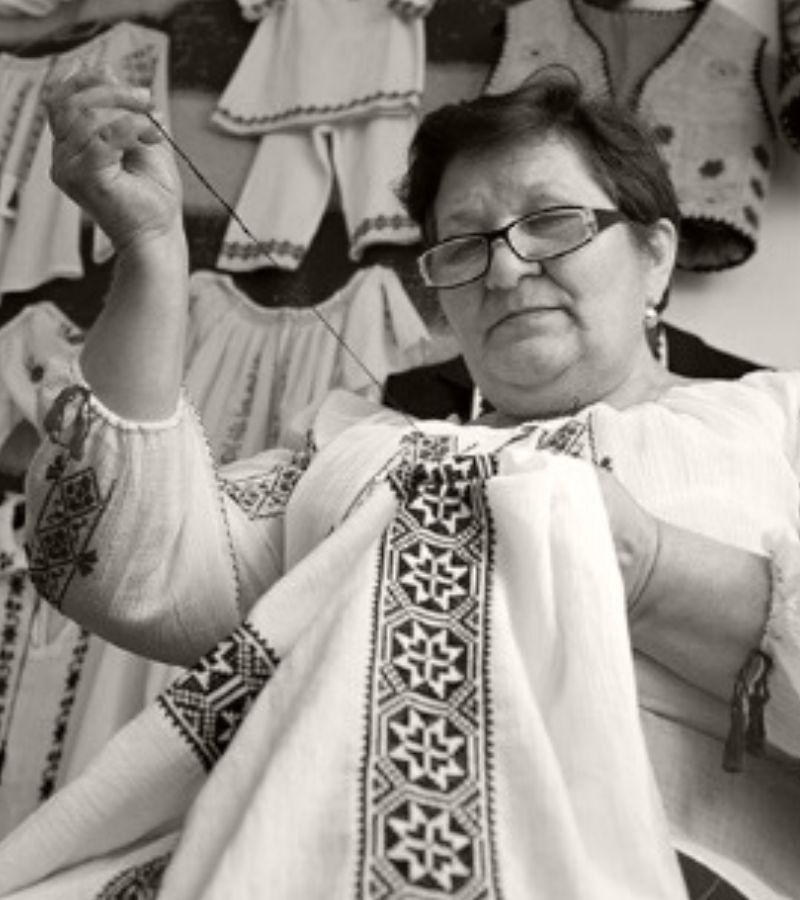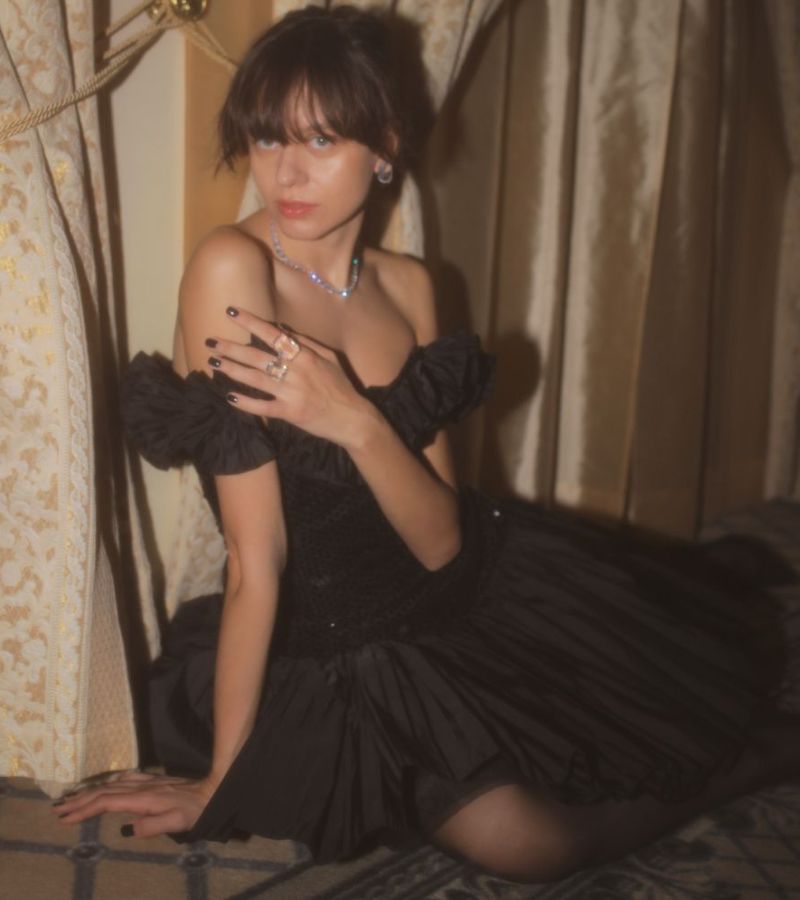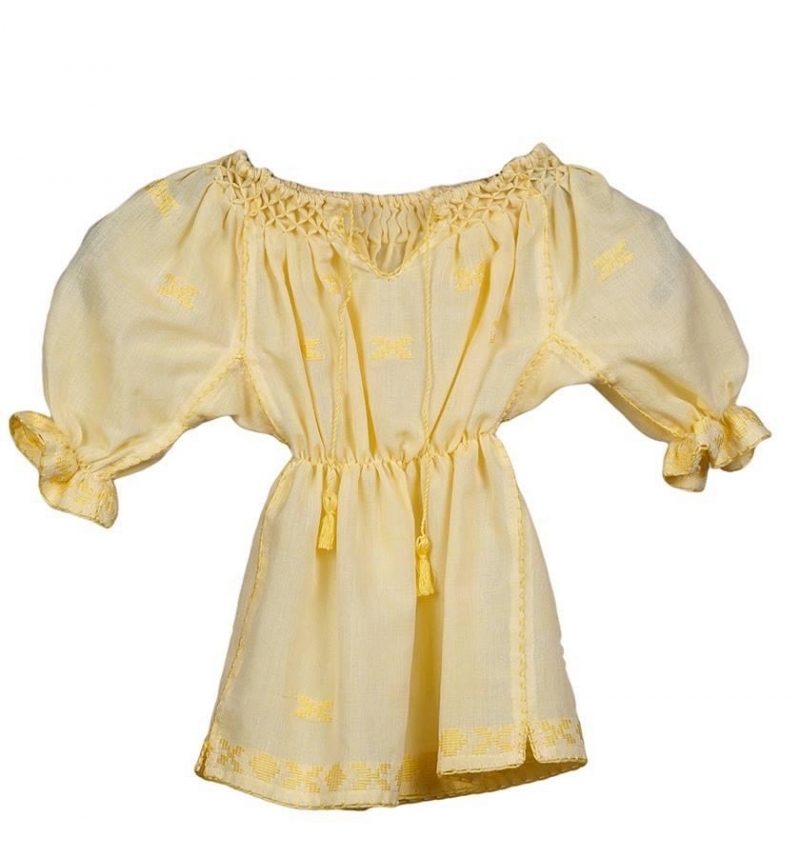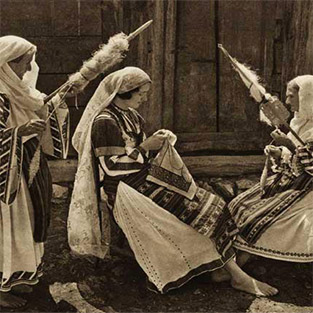Oltenian Coat and Natural Wool
Throughout history, the Romanian traditional ethnic items, particularly the folk costume, have been admired for their timeless elegance and distinction. These attributes are mainly provided by the thoughtful color composition, as well as the organic combination of plain sections with those enriched by embroidery. The 19th century comes to reinforce this perspective, offering a new proof of it: the Oltenian coat.
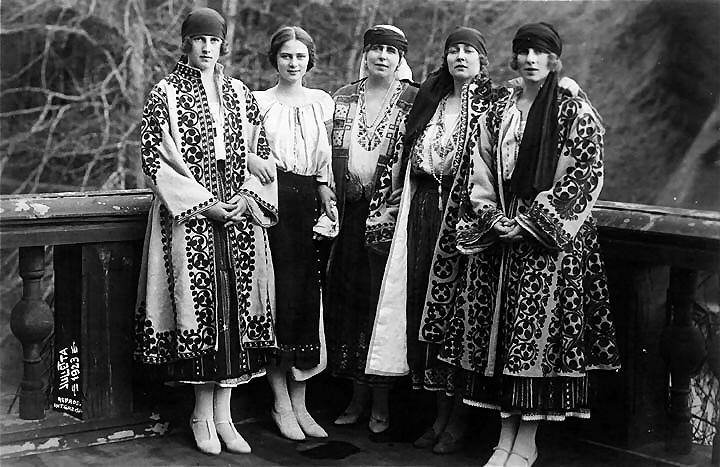
The vision of Dincă Schileru - a legend of the Gorj region and the creator of the Oltenian coat (or ' schileresc' costume), an uneducated man, but having the millennial wisdom of the Romanian peasant - still manages to be relevant for the contemporary fashion. The famous Oltenian wool coats have impressed and inspired great names, commencing with Queen Marie of Romania in the 20th century, who tastefully integrated them into the attire of the Royal House, and continuing with big international fashion labels, from Valentino to Tory Burch. These coats were for a long time the subject of a complex public debate on ethical values in fashion, which encouraged the Romanian society to value more and capitalize on the potential of its artisanal art.
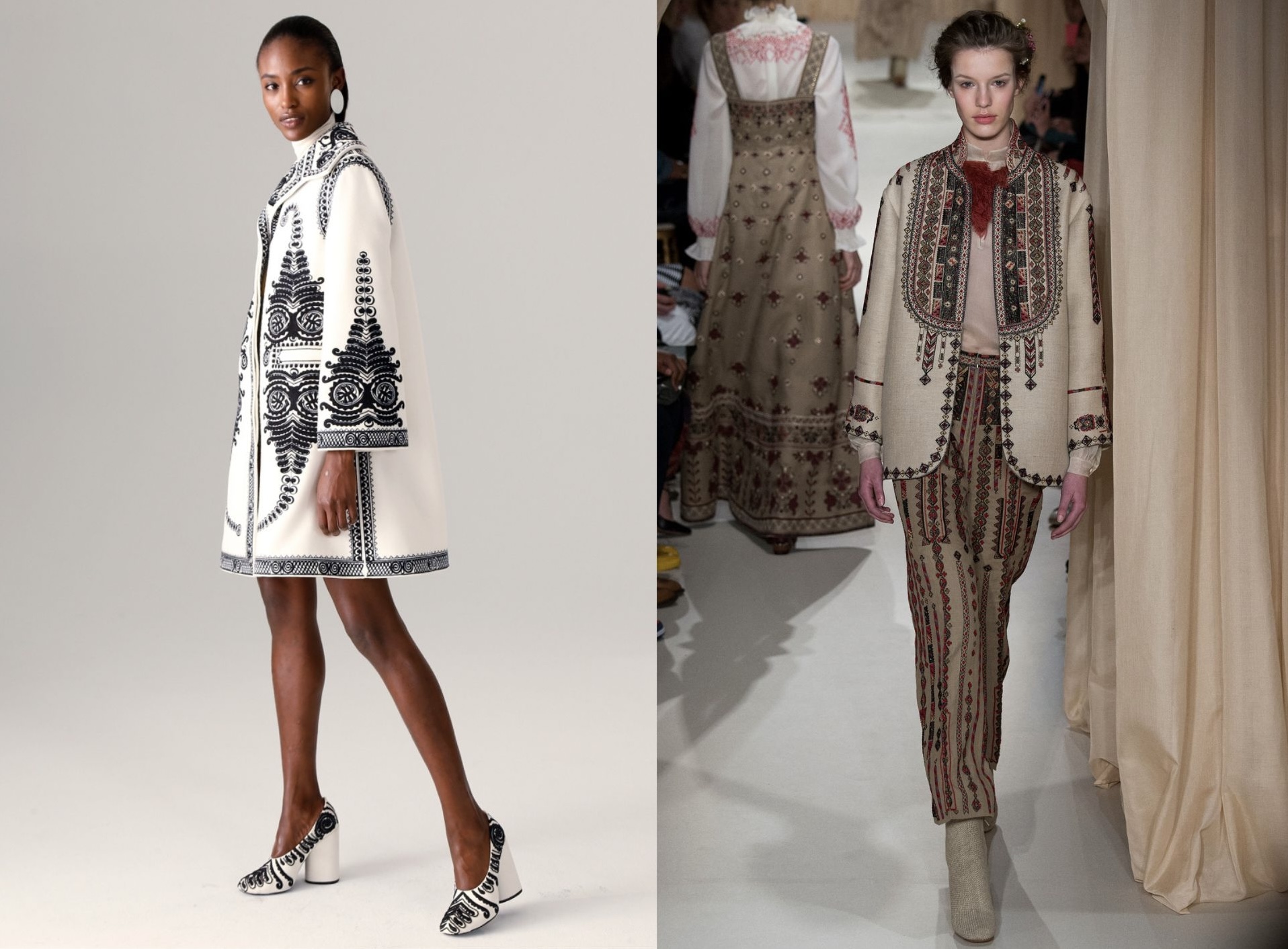
Traditionally, the coats from Oltenia are made of white 'dimie' (wool fibers condensed and pressed together to become a felted cloth) and decorated with black 'gîtane' (string made by twisting or braiding the wool threads, appearing as an embroidery), which is applied on the joining seams of fabric panels, with the purpose of hiding the seams and strengthening the hems.
The legacy left by Dincă Schileru is currently in the hands of the only artisan from Gorj who still knows how to practice this craft, Gheorghe Ciuncanu, the one whose creations can be found in our e-shop, where you will be able to read more details about them.

If you have been following us for a while, you are probably familiar with this information and are aware of the stories of our artisans and products, that's why we would like to switch a bit the focus of this article towards:
Why should we choose natural wool?
The fact that wool is one of the most long-lasting and resistant textiles is well-known by those who choose to buy products manufactured in this type of fabric.
But maybe not so well-known are the antiallergic and antibacterial properties of wool, which diminish the need for frequent washing. Back in the day, the most common way of cleaning woolen items was to simply leave them outdoors in the sun and wind for a while, just like our grandparents - the pioneers of sustainability - used to do. As such, in some cases - especially when it comes to wool coats - this process of natural sanitization of wool can almost eliminate the washing process, thus lowering the impact on the ecosystem.
Also, the frequent washing of wool products is even contraindicated, since lanolin - the natural wax of wool, which acts as a protective layer - degrades with each wash, reducing those self-sanitizing properties.
To further reinforce the idea that wool is indeed an excellent sustainable material, its natural biodegradation must also be mentioned. Wool decomposes in a matter of months or years, acting as a great fertilizer full of important nutrients for the soil.
Of course, all this information may seem a bit irrelevant to the contemporary customer. But what if we told you that the textile materials you place in contact with the skin have a direct implication on the quality of your health? Maybe the most important property of wool - very often underestimated and far too little debated in the local context - is the fact that this fiber allows the skin to breathe, while the body temperature is kept at a constant level.
Now you're probably wondering why this aspect is so important to your health and well-being?
The importance and complexity of this subject, as well as the major differences between natural and synthetic fibers coming into direct contact with the skin, will soon be discussed in a future article.
Keep watching this space...

Photo Sources: Blouse Roumaine Shop Archive, WWD, Vogue Runway, Historia.
All rights reserved.
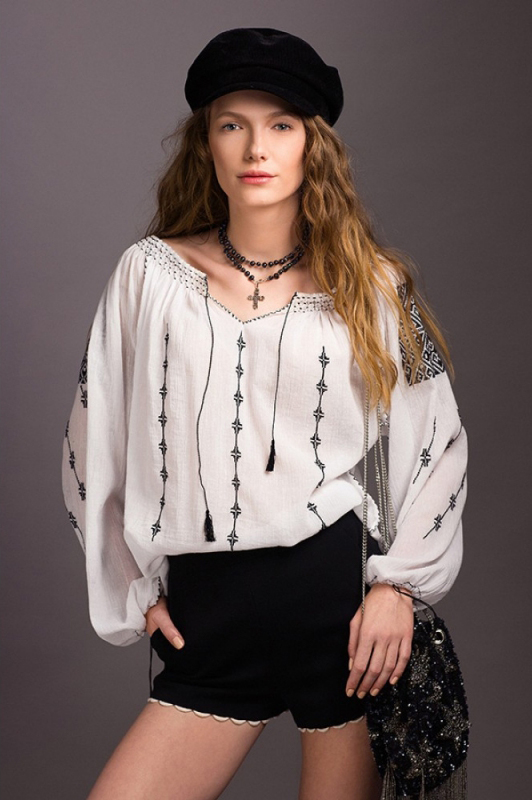

 Română
Română

